
Vice


Vice
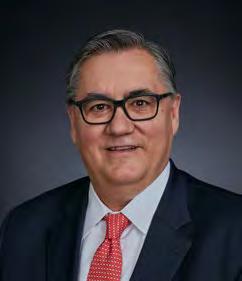
The research and creative activity enterprise at the University of Oklahoma is stronger than ever, continuing our steady rise with year-over-year increases in awards and research expenditures. Our faculty continues to produce innovative scholarship as reflected in the many honors and awards our professors collect, including the distinction of being among the world’s most cited researchers.
As the OU research enterprise grows, so does our impact. Over FY23, OU research has provided new insights on weather phenomena that improve prediction of and responses to extreme weather events; our teams have co-developed research goals with local communities to ensure that energy transitions are socially relevant, inclusive, and economically feasible; and the telling of our histories demonstrate the enduring resilience of mixed-descent peoples. OU’s strategic investment in the research vertical institutes expands our curiositydriven research and creative activity, further develops a culture of convergence, and builds transformative partnerships to address global grand challenges.
This annual report offers a glimpse at some of the remarkable initiatives, research, and scholarship made possible by the results of our collective commitment to OU’s core purpose of “We Change Lives.” From environmental sciences to literature, from artificial intelligence to public policy, and from education to quantum science and technology, OU is making strong progress in implementing pillar 5 of the University’s strategic plan: “Enrich and Positively Impact Oklahoma, the Nation, and the World through Research and Creative Activity.”

Vice President for Research and Partnerships
The University of Oklahoma
Vice President for Research and Partnerships
Tomás Díaz de la Rubia
Senior Associate Vice President
Carol Silva
Associate Vice Presidents
Melany Dickens-Ray David Ebert
Robert Palmer
Michael Purcell
Andrew Reader
Ann West
Editor in Chief Chelsea Julian
Publication Designer
Daniel Deering
Copy Editors
Carol Silva
Josh DeLozier
Linda Kelly
Rose Filley
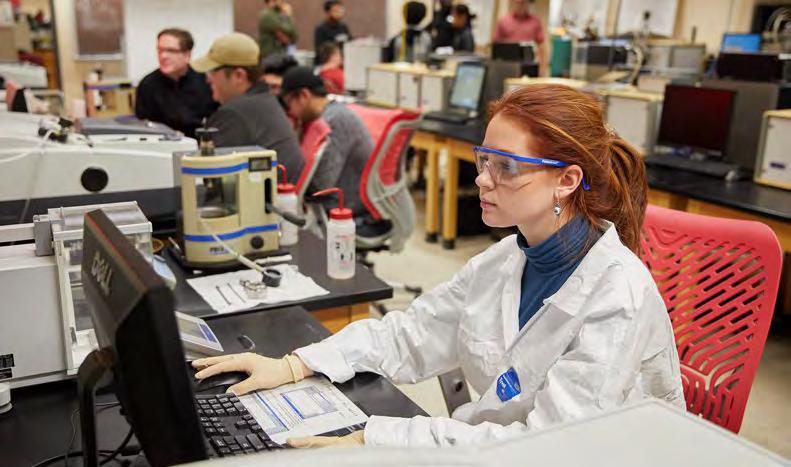
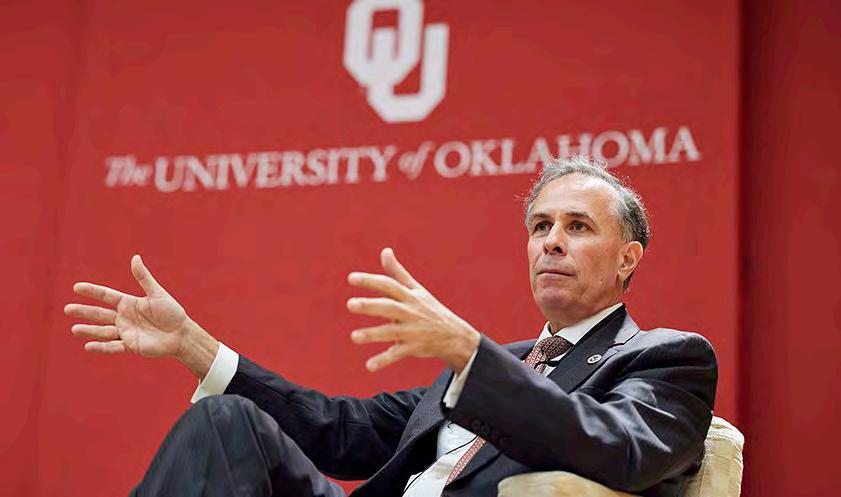
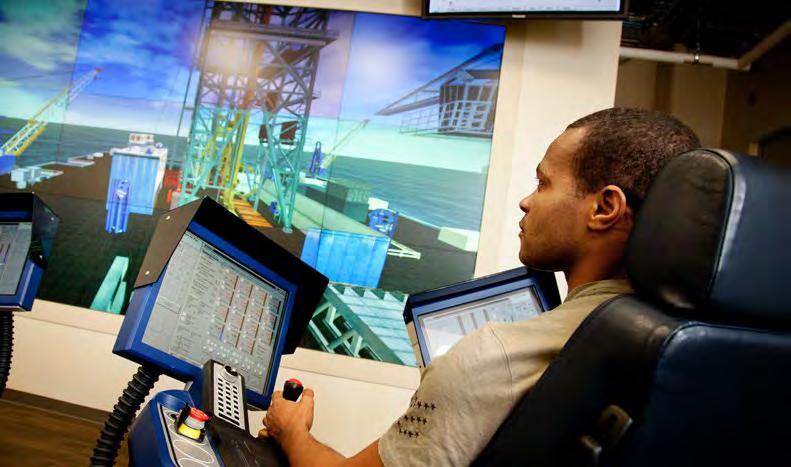
Pillar 5 of the Lead On, University Strategic Plan and our Strategic Research Framework describes the ambition to solve global grand challenges. True solutions that can garner positive social impact require working across and beyond traditional academic boundaries.
The University of Oklahoma has set a new all-time high for sponsored research awards to its Norman campus.
OU research is breaking records. Our research growth continues to gain momentum as we make strides toward realizing the Lead On, Strategic Plan.
OU research is driving excellence in four key strategic research areas of focus.
Read about the recent milestones and achievements realized by our OVPRP-led centers and institutes over the past year.
The Office of the Vice President for Research and Partnerships is sowing the seeds of research excellence through seven recent internal seed funding and research investment programs.
Congratulations to the faculty who are leading their fields and received prestigious professional recognitions within the past year.
Oklahoma Aerospace and Defense Innovation Institute (OADII)

Institute for Resilient Environmental and Energy Systems (IREES)
Institute for Community and Society Transformation (ICAST)

Joint Future of Health Institute Director to be appointed in FY24 in collaboration with OU Health Sciences Center

Robin Rand, Executive Director Director

CROSS CUTTING FOUNDATIONS

› Data Institute for Societal Challenges (DISC)
David Ebert, Director
› Planning Phase: Interdisciplinary Materials Science Institute


› Institute for Public Policy Research and Analysis (IPPRA)
Hank Jenkins-Smith, Director
› Advanced Radar Research Center (ARRC)
Robert Palmer, Executive Director

The University of Oklahoma has broken another record, setting a new all-time high for sponsored research awards to its Norman campus. In FY 2023, OU’s Norman campus reported receiving $210.4 million in research funding, a nearly 33% increase from the previous fiscal year. Significantly, federally funded research increased by more than 50%, including increases in funding from several key federal agencies supporting OU research. The tremendous growth in federally sponsored research is an indicator of the important work being done to address the greatest challenges facing our state, nation, and the world, with increasing opportunities for our students to gain experience in research areas with high societal impact.
33% increase from fy22 $ 210.4 Million Sponsored Awards
53% increase from fy22 $ 169.6 Million Federal Sponsored Awards
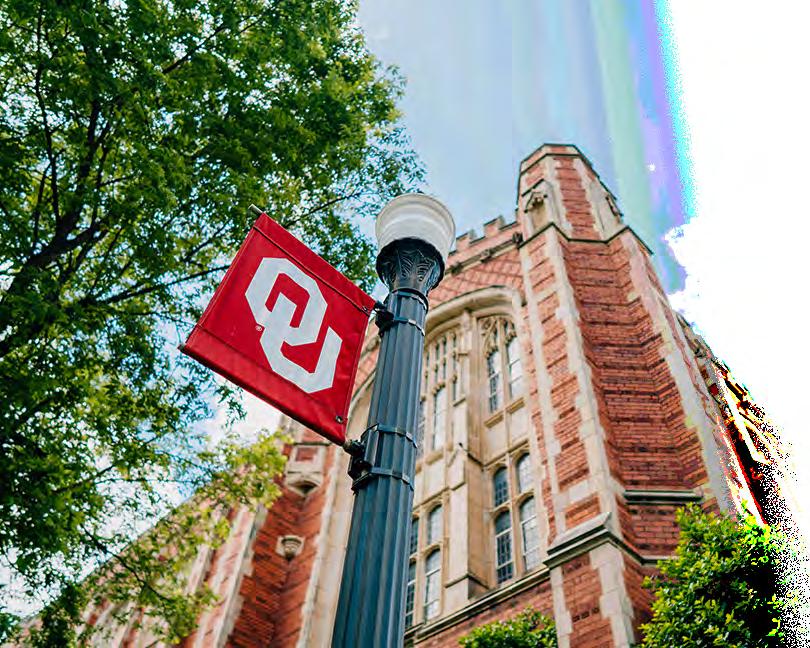
Norman
Norman
Norman Campus


Federal - $170,297,001
Universities - $11,719,794
State of OK - $11,178,607
Commercial - $10,305,217 Nonprofit - $3,778,756
Foundation - $2,011,801
International - $985,189
Various - $140,000
City/County - $ 127,513
Other States - $123,638


The University of Oklahoma released the Lead On, University Strategic Plan in July 2020, built upon five foundational pillars that support OU’s core tradition and purpose: “We Change Lives.” Each pillar is supported by targeted strategies and specific tactics to help achieve our ambitious goals. Specifically, Pillar 5 calls for the investment in research that addresses four strategic research verticals to address the world’s most pressing challenges. The four vertical areas of research and creative activity focus (Pillar 5, Strategy 2, Tactic 1) are supported by four cross-cutting foundational capabilities that span data analytics, materials science, public policy, and OU’s world-renowned expertise in radar technologies. These strategic research areas of excellence are further supported by centers and institutes that work to build convergent, transdiciplinary teams to address global grand challenges.
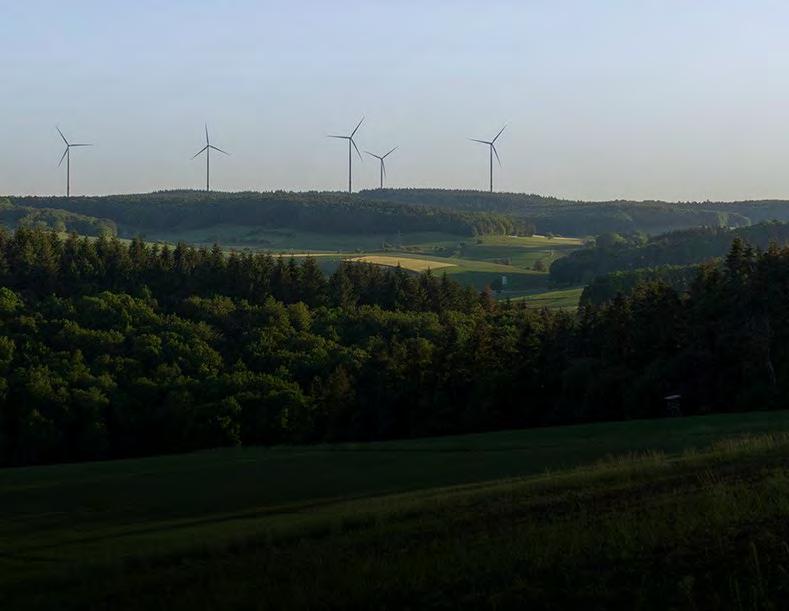
The strategic research vertical for energy and environmental sustainability integrates and expands on OU’s expertise in weather, water, environment, energy technology, climate change, infrastructure, policy, business, entrepreneurship, and community engagement to develop novel solutions that help drive the transformation of the U.S. energy sector while reducing greenhouse gas emissions and enabling a net-zero carbon economy by 2050.

Led by Binbin Weng, assistant professor of electrical and computer engineering and faculty fellow in the Institute for Resilient Environmental and Energy Systems, The University of Oklahoma will receive an expected $9.63 million over five years from the Department of Energy and associated support from industry, academia, and other research organizations to improve the prediction, sensing, monitoring, and reduction of methane and natural gas emissions.

A research team led by Steven Crossley, professor of chemical engineering and IREES associate director, has received a $4 million grant from the National Science Foundation to test the use of natural resources, like methane, with renewable biomass to create a better way to produce hydrogen energy and investigate the potential byproducts and related applications of solid carbon that might result from effectively generating carbon-neutral or carbon-negative hydrogen energy.
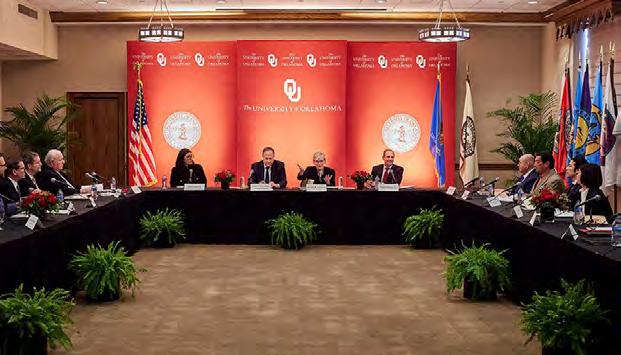
OU’s Office of the President and the Institute for Resilient Environmental and Energy Systems co-hosted a roundtable discussion with U.S. Secretary of Energy Jennifer M. Granholm, Second Gentleman of the United States Douglas Emhoff, Oklahoma Tribal leaders, and OU geothermal energy experts on how the power and potential of geothermal energy can be harnessed for the benefit of Indigenous communities.
OU and DeepPower, Inc. held a ribbon cutting on May 9, 2023 to commemorate the installation of the nation’s first 17-foot-tall geothermal drilling rig housed on the Norman campus. OU faculty are leading a range of innovative geothermal research initiatives, including energy expert Li Song, a Lloyd G. and Joyce Austin Presidential Professor in the School of Aerospace and Mechanical Engineering.

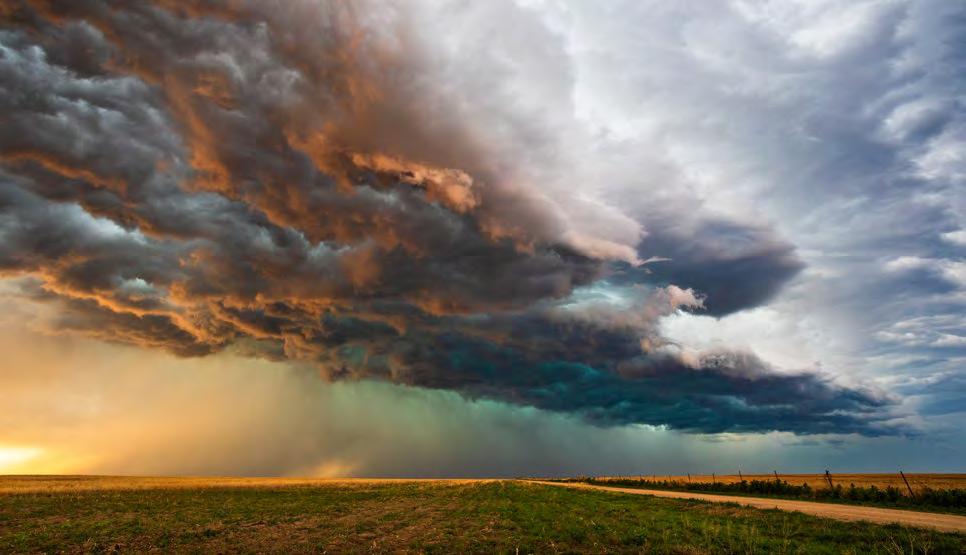
Extreme weather events, like those impacting millions of Americans this summer, threaten public safety, destabilize supply chains, and damage vital infrastructure. Researchers from OU and the Los Alamos National Laboratory, led by Jason Furtado, an associate professor and a Carlisle and Lurline Mabrey Presidential Professor in the School of Meteorology, College of Atmospheric and Geographic Sciences, have received funding from the U.S. Department of Energy to explore the blocking patterns that lead to extreme weather events.

The Southern Plains Transportation Center, led by Musharraf Zaman, David Ross Boyd Professor and Aaron Alexander Professor of civil engineering and Alumni Chair Professor of petroleum engineering at OU, will receive $3 million per year, matched by the Oklahoma Department of Transportation, to lead a University Transportation Center for research leading to climate change mitigation in the transportation sector.

The strategic research vertical for aerospace, defense, and global security unites the university with the unique network of industry and government partners to advance security, liberty, and prosperity for our state, nation, and world.

Advanced manufacturing describes a range of methods and technologies used to improve the overall manufacturing process. The Sooner Advanced Manufacturing Lab houses two GE M2 Series 5 Metal 3D printers: one machine for stainless steel and the other for titanium alloys. These state-of-the-art 3D printers assist OU faculty and students with designing and meeting the most critical requirements of the highly regulated military and aerospace industry. The lab also maintains cross-cutting equipment for testing parts, digital twin, CAD modeling, precision cutting and polishing, and more.
The University of Oklahoma, through the Oklahoma Aerospace and Defense Innovation Institute and Gallogly College of Engineering, launched the Sooner Advanced Manufacturing Lab to enable research and workforce development to support the growing defense industry in Oklahoma.
Metal additive manufacturing, also known as 3D printing, uses metal powders and advanced processing technologies integrating powder bed fusion and direct laser melting. These processes allow for the direct manufacturing of replacement parts, meaning quicker, cheaper, and more reliable and sustainable manufacturing.
With support from the former OADII executive director, Lt Gen (ret) Gene Kirkland, and guidance from the current executive director, Gen (ret) Robin Rand, the Sooner Advanced Manufacturing Lab will drive economic growth, support workforce needs, ignite groundbreaking discoveries, and enhance Oklahoma’s robust aerospace and defense ecosystem.
Planned future expansion of the lab’s capabilities includes support for producing aircraft propulsion parts, as well as expanded applied research, training, and workforce development to support military and industrial aerospace partners.
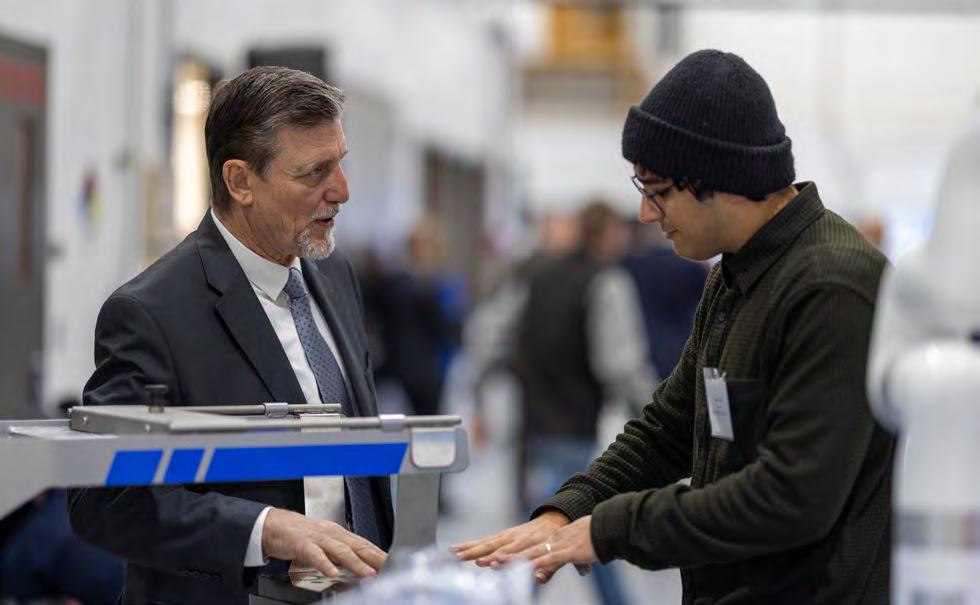

OU has received an $8.7 million congressional appropriation awarded through the Air Force Research Laboratory in partnership with the Air Force Sustainment Center, Oklahoma City Air Logistics Complex, and GE Additive. The award will fund a project led by Zahed Siddique, associate dean for research in the Gallogly College of Engineering and the Dick and Shirley O’Shields Professor in the School of Aerospace and Mechanical Engineering, focused on the design and fabrication of replacement parts that could meet the certification requirements for airworthiness qualification by the U.S. Air Force.

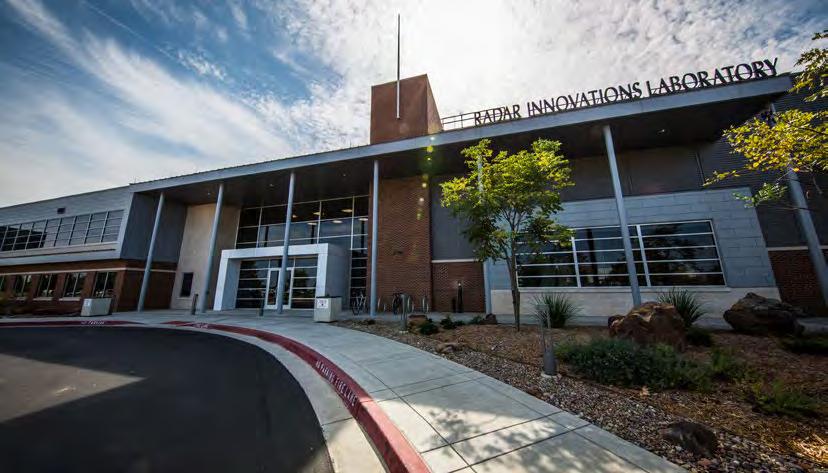
The Advanced Radar Research Center at OU, the largest academic radar program in the nation, has received an $8.16 million grant from the Office of Naval Research to explore strategies to increase the transmitted long-distance power density of phased arrays to overcome radar range limitations and counter the growing threat of unmanned aerial systems.

The strategic research vertical for the future of health is driving fundamental discoveries related to clarifying mechanisms and cellular processes to develop new therapies and technologies to combat and eradicate deadly diseases; monitoring, predicting, and responding to pathogenic threats; and addressing growing health-related disparities. The efforts in this strategic research area span the university’s three campuses and will be coordinated by a future institute, jointly coordinated by the University of Oklahoma Norman Campus and OU Health Sciences Center.

For the first time in one year, three OU faculty have received Maximizing Investigators’ Research Awards from the National Institutes of Health. The recipients are Gallogly College of Engineering faculty Vivek Bajpai, John R. Clegg, and Stefan Wilhem.
Bajpai’s research group will explore what controls the genes that make up the pigment melanin in the skin – currently an open question in the field. By understanding how these genes relate to one another and other genes in the body, researchers can determine if there are critical nodes that may be important for driving major shifts in the process of melanin synthesis that results in pigmentation.
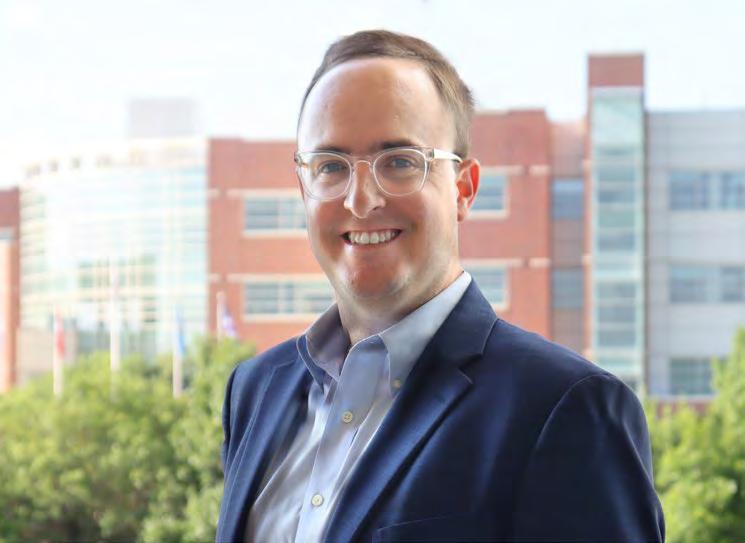
Clegg’s research group is developing new and creative ways to deliver immune-modulating compounds using nanomaterials and hydrogels. These delivery systems can be designed to target immune cells that cause or exacerbate brain inflammation. The research aims to fill the gap in scientists’ understanding of how to use drug delivery systems to intervene following various forms of brain injury.
Wilhelm’s research group is researching the development of a new generation of lipid nanoparticles to potentially treat a wide range of diseases. This proof-of-concept research aims to show that by understanding the transport and characteristics like the biodistribution of these nanoparticles inside cells, customized therapeutics can be developed that are safe and effective.
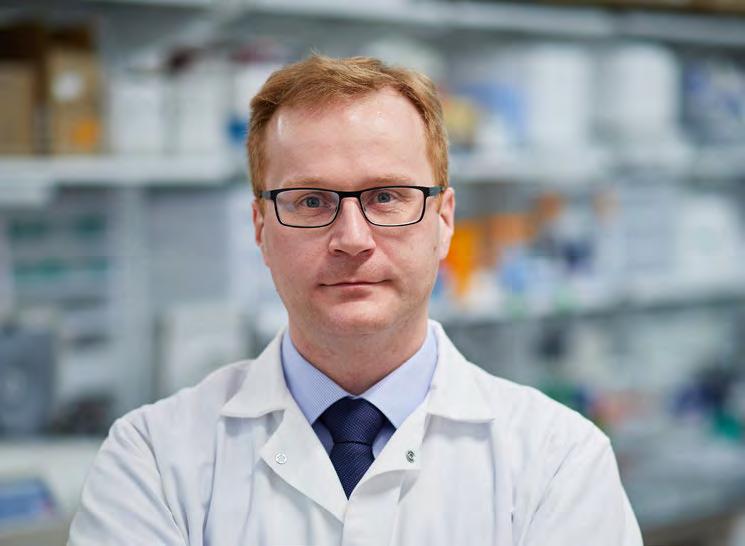

The strategic research vertical for society and community transformation builds on existing and emerging expertise in technology, societies and human flourishing; Native Nations and tribal sovereignty; equity and opportunity to enhance knowledge about the beneficial and harmful impacts of technology on society, including artificial intelligence and the impact of technological adaptation; and on human behavior across health, education, and work-family life.
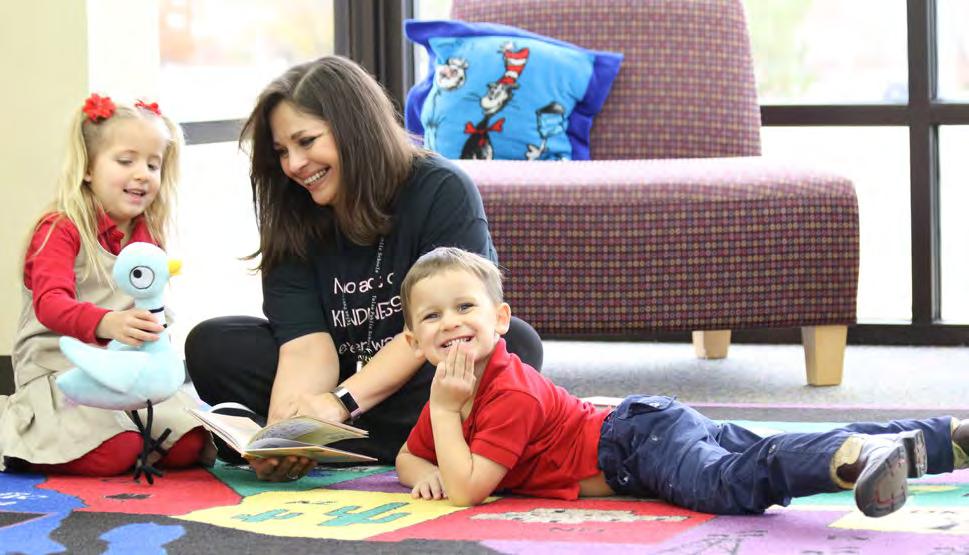
Changjie Cai, an assistant professor with the Hudson College of Public Health and Diane Horm, director of the Early Childhood Education Institute, have received a $1.8 million grant from the U.S. Environmental Protection Agency to establish a research center to address children’s cumulative health impacts from agricultural and non-chemical exposures. The grant will create the Children’s Environmental Health Center in the U.S. Southern Great Plains, which includes Oklahoma and Texas, and will focus on mitigating the chemical and non-chemical stressors that affect school absenteeism caused by gastrointestinal and respiratory diseases.

OU researchers are developing a networked Community of Practice in collaboration with dozens of education-focused organizations to train 64 school-based behavior analysts, counselors and social workers. The five-year project led by Brittany L. Hott, associate professor of special education and associate director of OU’s Institute for Community and Society Transformation, is designed to address state-identified shortages of highly qualified mental health personnel in rural schools to fill gaps in school-based counseling, family support, academic support and connection to community resources.

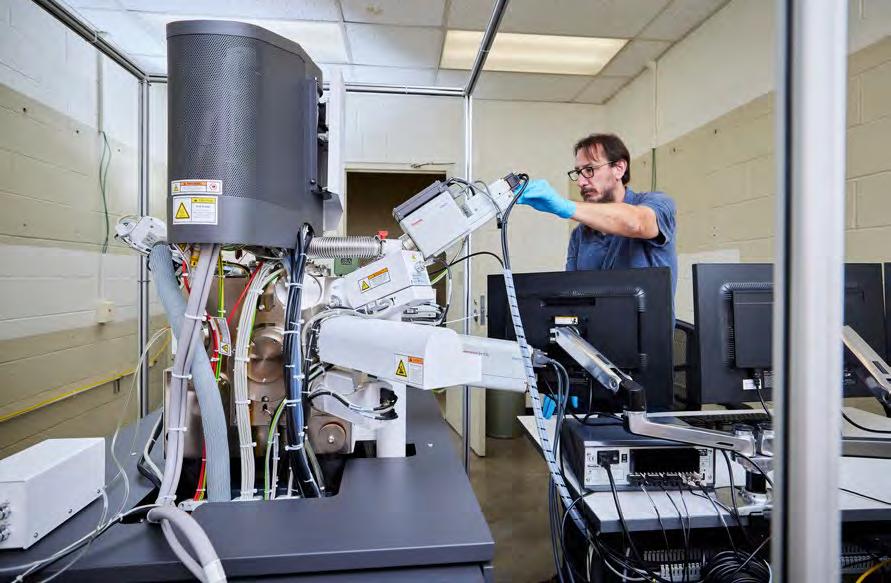
Andy Elwood Madden, geosciences professor and director of the Samuel Roberts Noble Microscopy Lab at OU, is the principal investigator for a $2.5 million NSF MRI award to acquire an aberrationcorrected scanning transmission electron microscope. The microscope will allow researchers to simultaneously collect information about the structure and chemistry of a range of materials atom by atom.
The University of Oklahoma is among the multi-institutional team led by Lawrence Livermore National Laboratory (LLNL) to accelerate inertial fusion energy science and technology. The initiative, “Inertial Fusion Energy Science and Technology Accelerated Research for Fusion Innovation and Reactor Engineering hub,” or IFE STARFIRE, is one of three inertial fusion energy hubs funded by the U.S. Department of Energy. OU’s Distinguished Materials Visiting Professor Horst Hahn will lead the the workforce development and inertial fusion energy ecosystem stewardship focus for the IFE STARFIRE hub.
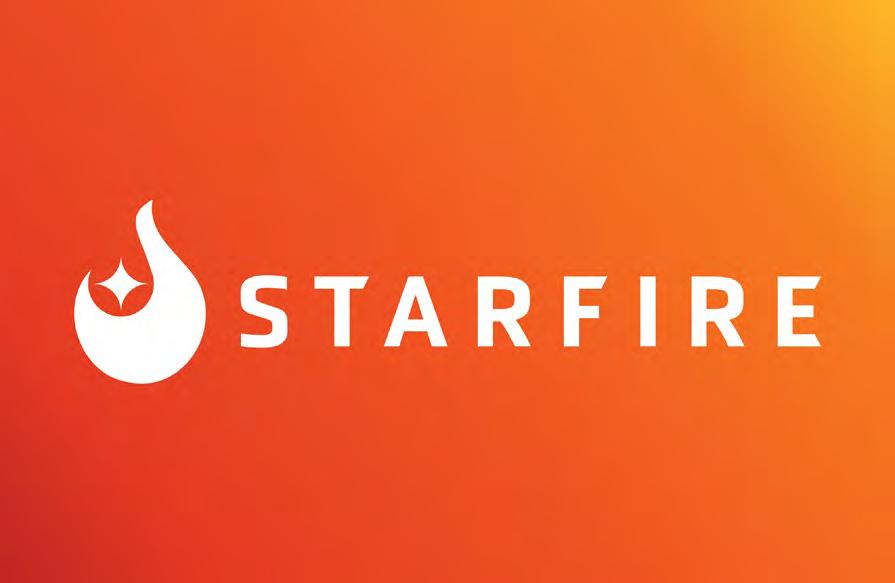
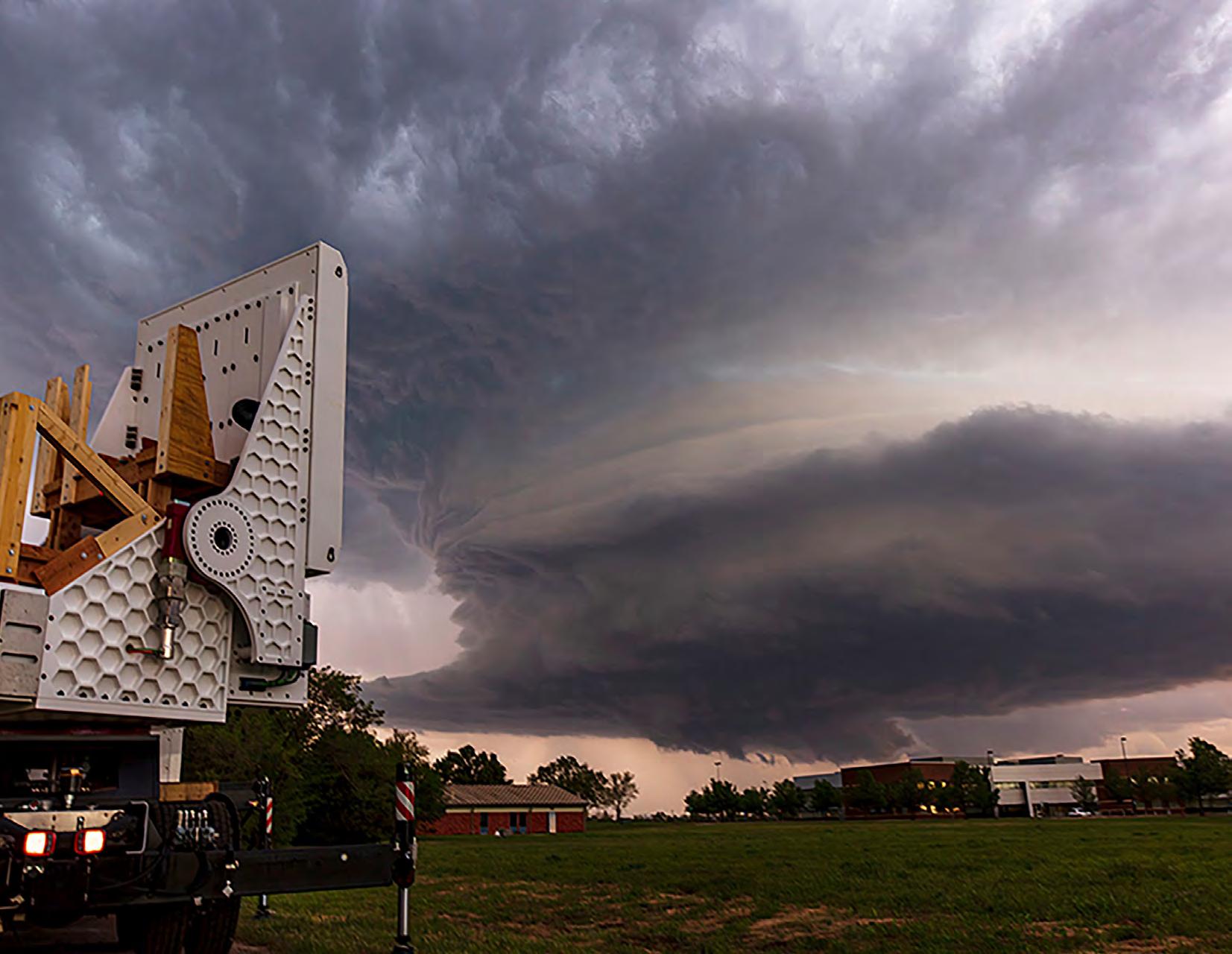


The University of Oklahoma has developed and now deployed the most advanced weather radar in the world. A team of engineers and weather experts led by Robert Palmer, executive director of the Advanced Radar Research Center, the Tommy C. Craighead Chair in the OU School of Meteorology, and associate vice president for research and partnerships, and with funds from the National Oceanic and Atmospheric Administration, has launched Horus, an all-digital polarimetric phased array radar capable of obtaining nearly continuous data to help understand and predict the formation of severe weather.
The Horus system can measure many kinds of weather processes, including those that lead to the formation of severe hazards like tornadoes, hail, and flooding. By positioning the radar near storm systems, researchers can capture high-resolution data that no one in the world has ever seen.



OU is one of 18 U.S. academic institutions to receive the first-ever Accelerating Research Translation awards from the National Science Foundation. The $6 million award will be used to develop “The Intensifying Translational Research in Oklahoma” (InTRO) project to accelerate the translation of research findings into processes and products for societal benefit.
InTRO, led by David Ebert, Gallogly Chair Professor of electrical and computer engineering, the director of the Data Institute for Societal Challenges, and Associate Vice President for Research and Partnerships, will create an Accelerating Research Translation Academy to provide training on research translation, partnerships and collaborations, and ethics, as well as workforce training and development. Additionally, the funding will support an InTRO Seed Translational Research Project program that incentivizes the advancement of early-stage projects.
InTRO bridges the gap between faculty research ideas expertise and the development of tangible solutions by leveraging capabilities between the Office of the Vice President for Research and Partnerships, affiliated Centers and Institutes, the Office of Innovation and Corporate Partnerships and the Center for Faculty Excellence, along with partners in the Oklahoma industry and innovation ecosystem and Oklahoma’s Native American tribes.

Advanced computing, artificial intelligence, and machine learning are rapidly shifting the landscape of academic research. Groundbreaking strides in weather prediction and research are being achieved through artificial intelligence applications through the OU-led National Science Foundation AI Institute for Research on Trustworthy AI in Weather, Climate, and Coastal Oceanography, and through the Advanced Radar Research Center’s all-digital polarimetric phased array radar, “Horus.”
OU researchers are advancing methane monitoring technology with funding from the U.S. Department of Energy and 3D modeling technology to improve geothermal well outputs.
We are also pioneering AI-enhanced medical research and harnessing the power of big data to unlock solutions to some of society’s most persistent challenges, including global supply chain disruptions, infrastructure disruptions, and social and natural disasters.

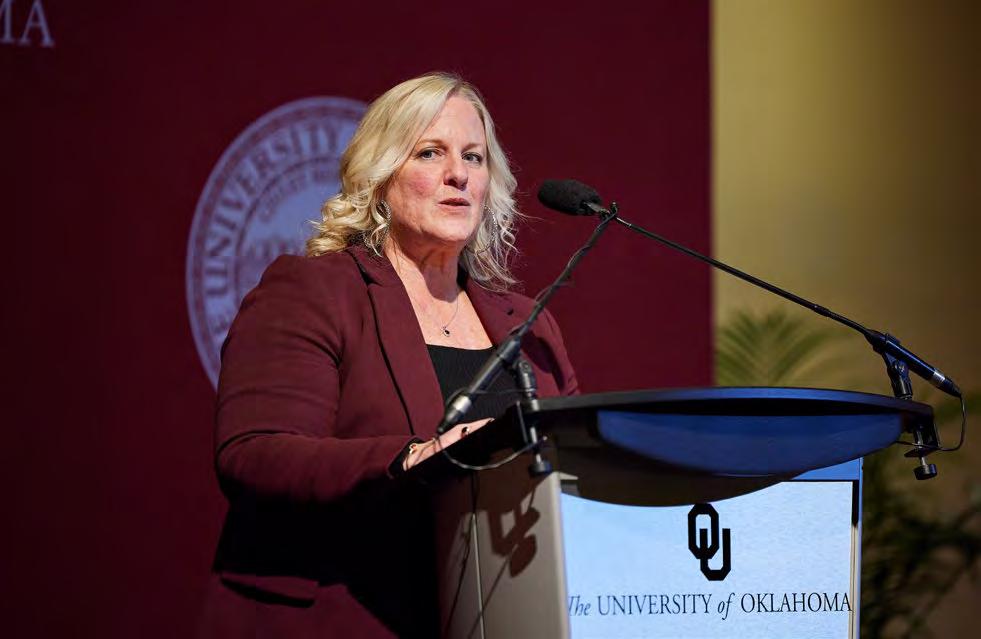
OU’s K20 Center, a statewide research and development center that promotes innovative learning through school-university community collaboration, received $43 million from the U.S. Department of Education, with equal matching funding from Oklahoma’s Promise program that supports college funding for low-income Oklahoma students to launch “GEAR UP for LIFE”. The program includes 28 low-income, mostly rural schools located in 23 Oklahoma school districts to help students and their families prepare for attending college. “GEAR UP for LIFE” stands for “Gaining Early Awareness and Readiness for Undergraduate Programs,” and “Learning and Investigating Future Education.”
The program will directly impact 8,258 sixth- or seventh-grade Oklahoma students in the participating schools following students for seven years throughout and beyond high school graduation to help them develop college and career readiness.

Led by Paul Spicer, professor in the Department of Anthropology, researchers with OU’s Institute for Public Policy Research and Analysis, Data Institute for Societal Challenges, the South Central Climate Adaption Science Center and the OU Health Stephenson Cancer Center have come together to develop convergent transdisciplinary research around health and climate.
The team aims to develop an Oklahoma Center for Climate Change and Health that leverages the university’s deep research expertise in weather and climate, social sciences, and health, linking these to the needs and opportunities of Oklahoma’s diverse communities. From rural to urban, Tribal Nations and a wide range of diverse factors present throughout the state, Oklahoma provides a unique lens through which this team of scientists and community partners can develop innovative, data-driven solutions for adapting to the changing climate and address vulnerability to climate-related health disparities.
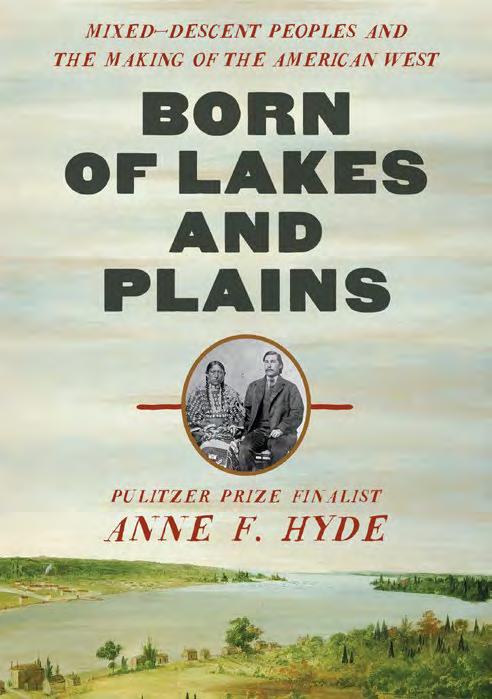
Born of Lakes and Plains: Mixed-Descent Peoples and the Making of the American West, authored by Anne F. Hyde, published in 2022, was named a New Yorker Best Book of 2022 and reviewed in The New York Times.
Water for All: Community, Property, and Revolution in Modern Bolivia, authored by Sarah Hines, received the 2023 Erminie Wheeler-Voegelin Book Award committee of the American Society for Ethnohistory.




Bad Subjects: Libertine Lives in the French Atlantic, 1619-1814
By Jennifer J. Davis
Libels and Theater in Shakespeare’s England: Publics, Politics, Performance
By Joseph ManskyInscribed Objects and the Development of Literature in Early Japan
By Joshua Frydman
Off Headset: Essays on Stage Management Work, Life, and Career
By Rafael Jaen and Christopher SadlerMaurice Samuel: Life and Letters of a Secular Jewish Contrarian
By Alan T. Levenson
Song, Landscape, & Identity in Medieval Northern France: Toward an Environmental History
By Jennifer Saltzstein
The OVPRP has launched seven research incentive initiatives intended to help faculty expand their research capabilities and interests, recruit and retain more graduate students and postdoctoral research assistants, and explore new fields of research. Through rigorous peer review, in response to open requests for proposals, these incentive programs have provided more than $1.9 million to OU faculty since 2020 and have yielded 24.1X return on investment.
The Big Idea Challenge at OU encourages the formation of transdisciplinary, convergent research teams focused on solving global grand challenges. BIC projects chart new pathways to discoveries, innovations, and social and policy solutions, while training the next generation of future interdisciplinary talent. Five teams were awarded funding in spring 2021. 43.1X Overall
Awards from the Strategic Equipment Investment Program support the purchase of equipment that will have significant impact on enhancing OU researchers’ capabilities and competitiveness in research and/or creative activities at a national level. The first SEIP call for proposals in summer 2021 led to four awards totaling $151,577 OU investment out of 21 total submissions. Equipment was received in spring 2022.
22 Extramural Awards
$27.1 Million External Funding (approx.) of 29 Proposals Submitted
13 Peer-reviewed Journal Articles Published
4 Extramural Awards
$4.5 Million External Funding (approx.) of 9 Proposals Submitted
7 Peer-reviewed Journal Articles Published
Designed to incentivize and support lead principal investigators in their efforts to prepare and submit significant impact, largescale grant applications to a broad array of extramural funding agencies, the Significant Impact Research Grant program provides funds to cover a teaching release for the lead PI for one course in the semester leading up to a significant grant submission deadline. Four PIs received the one-course teaching buyout during 2022 for a total OU investment of $39,000.
Designed to stimulate and enhance OU research and creative activity efforts through partial support for a postdoctoral researcher position on externally funded grants, the Postdoc Match Program provides 25% of a postdoctoral researcher’s salary and fringe benefits for a one-year time period, provided that such a position was budgeted for in an awarded external grant application.
4 Large-scale Extramural Grant Submissions
18 Extramural Awards that Received Matching Funds
1
18
The Office of the Vice President for Research and Partnerships seeks to ensure the continuation of research projects that have the highest likelihood of restoring external funding to Principal Investigators and align with the Strategic Research Framework by supporting faculty who experience or anticipate experiencing a temporary disruption of external funding that, without VPRP support, will have a substantial adverse impact on the long-term viability of their research program.
The Humanities and Arts in Society Seed Grant Program aims to accelerate research and creative activity of OU faculty in the humanities and arts through convergent and collaborative projects addressing grand challenges. The program targets humanities and arts endeavors envisioning—first and foremost—impactful intellectual outputs of excellent quality, whether monographs, editions, performances, exhibits, digital media productions, and/or community-based outcomes.
By offering modest financial incentives to faculty and staff in recognition of their research accomplishments, the Office of the Vice President for Research and Partnerships aims to cultivate an environment that promotes research excellence and sustained growth by encouraging cutting-edge discoveries and patents, as well as high-impact publications, performances, and art, all of which contribute to the institution’s reputation and standing in the global academic community.

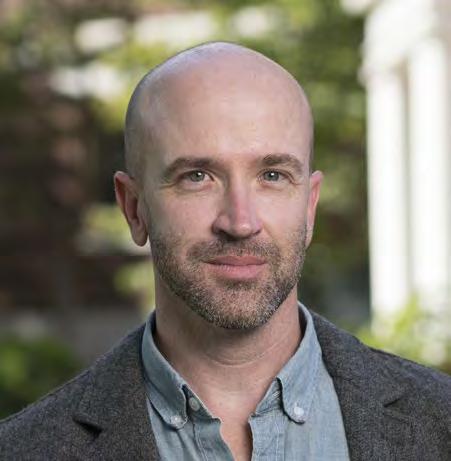
Lucas Bessire
John Simon Guggenheim Memorial Foundation Fellow

Andrew Porwancher
AAS-National Endowment for the Humanities Fellow

Amanda Cobb-Greetham
John Simon Guggenheim Memorial Foundation Fellow
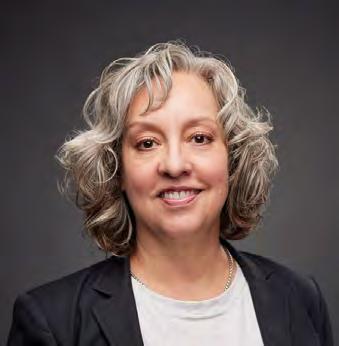
Carol L. Silva
National Academy of Public Administration Fellow
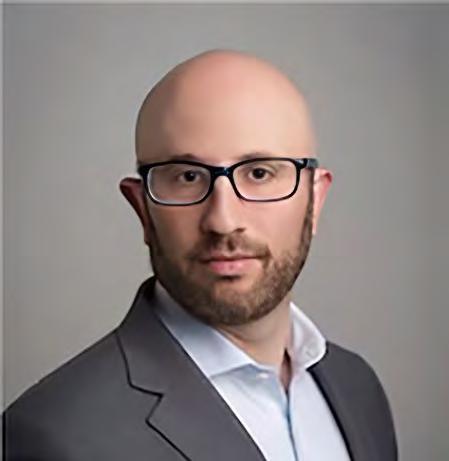
Adam Malka
AAS-National Endowment for the Humanities Fellow

Jizhong Zhou
Elected to the American Academy of Arts and Sciences

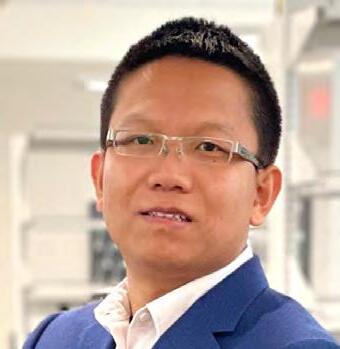
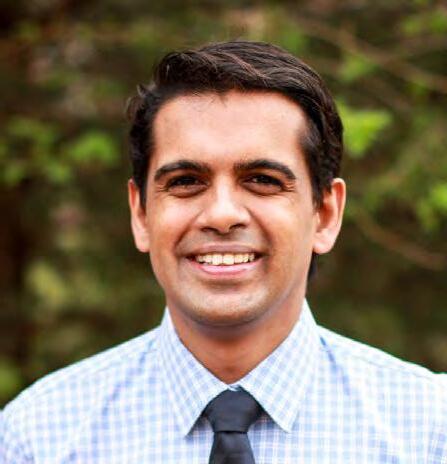
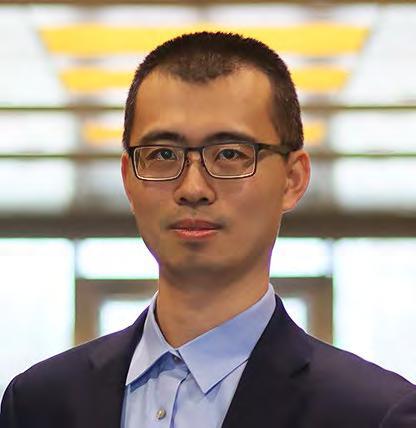
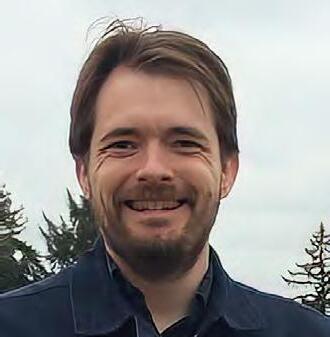

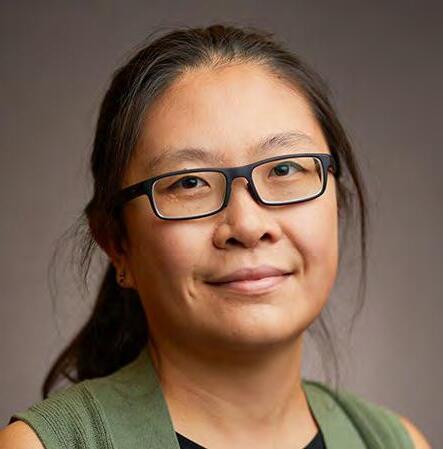
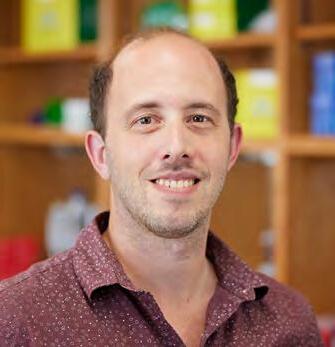



Learn more at ou.edu/research
The University of Oklahoma in compliance with all applicable federal and state laws and regulations does not discriminate on the basis of race, color, national origin, sexual orientation, genetic information, sex, age, religion, disability, political beliefs, or status as a veteran in any of its policies, practices or procedures. This includes but is not limited to admissions, employment, financial aid, and educational services. For questions regarding discrimination, sexual assault, sexual misconduct, or sexual harassment, please contact the Office(s) of Institutional Equity as may be applicable -- Norman campus at (405) 325-3546/3549, the Health Sciences Center at (405) 271-2110 or the OU-Tulsa Title IX Office at (918) 660-3107. Please see www.ou.edu/eoo
This publication, printed by the Office of the Vice President for Research and Partnerships, is issued by the University of Oklahoma. 250 copies have been prepared and distributed at a cost of $____ to the taxpayers of the State of Oklahoma (or at no cost to the taxpayers of the State of Oklahoma).